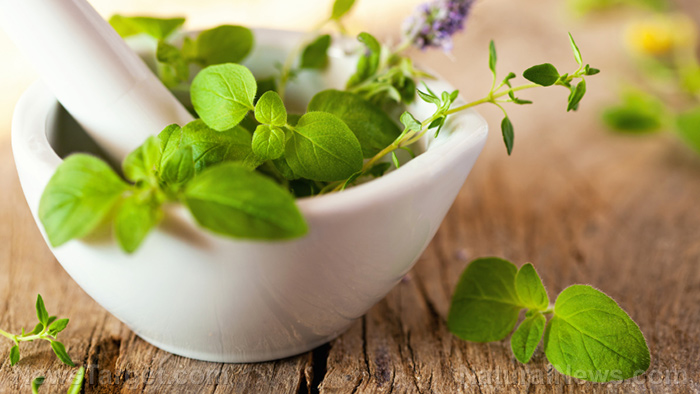Ethnopharmacological analysis of herbal formulations used by Krummhubel herbalists
02/12/2021 / By Evangelyn Rodriguez

Polish researchers conducted ethnopharmacological analysis of historical texts written by Krummhubel herbalists and analyzed reports of their use. They discussed their findings in an article published in the Journal of Ethnobiology and Ethnomedicine.
- Krummhubel (now Karpacz), once called the “village of pharmacists” is a town in the Sudety Mountains southwest of Poland.
- Herbalists in that area were the first in the Sudety region to use medicinal mixtures (e.g., plants, oils, minerals, viper venom) to treat various diseases.
- Potions made by Krummhubel herbalists were sold in many European countries as folk medicines, and their recipes have become an important source of knowledge about new medicines for modern researchers.
- The researchers analyzed use reports based on 46 recipes of Krummhubel herbalists rewritten by Reitzig in 1943.
- The data included plant taxa and other constituents, such as animal formulations, fungi, inorganic and organic substances and minerals, as well as tinctures (made with alcohol) and elixirs (without alcohol).
- The researchers recorded data about the recipes, from plant part and ingredients to medicinal use and mode of administration.
- They also cross-checked the medicinal plants used by Krummhubel herbalists with the species described in old manuscripts and compared their use with contemporary plant use.
- The researchers generated a database comprised of 348 use reports of 46 drugs, based on 70 plant taxa and other constituents.
- They noted patterns, such as the frequent recommendation of herbs from the Fabaceae (legumes) family for respiratory and gynecological issues, and the use of herbs from the Asteraceae (daisy) family for respiratory and cardiovascular issues.
- Herbs from the Asphodelaceae, Burseraceae and Rosaceae families were used for gastrointestinal issues.
The researchers recommend doing more research on natural remedies that have lost importance over time to discover new candidate drugs. They also suggest reproducing mixtures used by Krummhubel herbalists to learn more about their therapeutic properties.
Read the full study at this link.
Journal Reference:
Spalek K, Spielvogel I, Prockow M, Prockow J. HISTORICAL ETHNOPHARMACOLOGY OF THE HERBALISTS FROM KRUMMHÜBEL IN THE SUDETY MOUNTAINS (SEVENTEENTH TO NINETEENTH CENTURY), SILESIA. Journal of Ethnobiology and Ethnomedicine. 23 May 2019;15(24). DOI: 10.1186/s13002-019-0298-z
Tagged Under: alternative medicine, disease treatments, herbal medicines, Herbs, natural cures, natural medicine, plant medicine, Poland, remedies, research





















